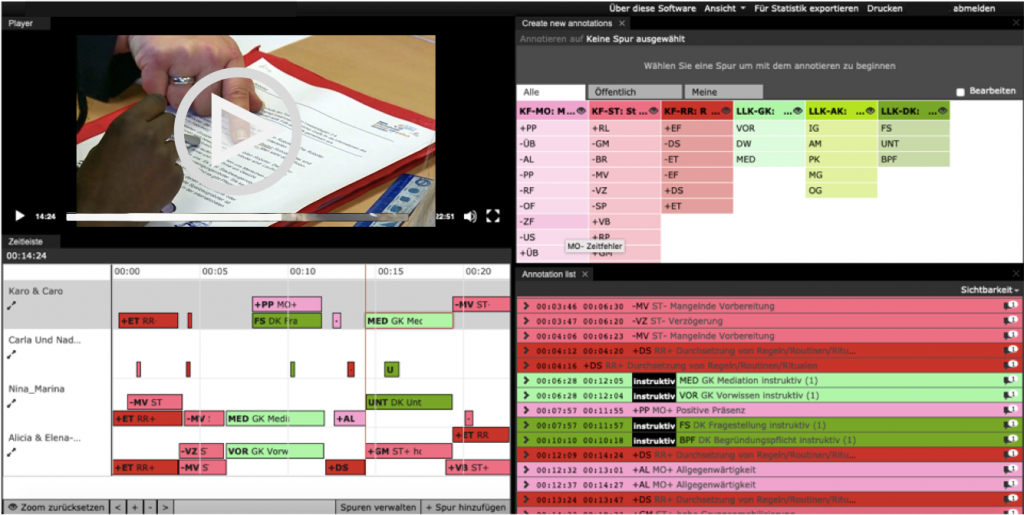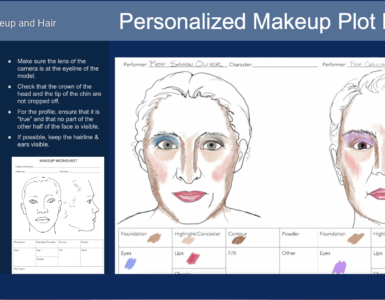Classrooms videos are a standard learning object in teacher training; analyzing them collaboratively is a challenge for both students and instructors. This use case from the Institute of Psychology in Education and Instruction, University of Münster in Germany, demonstrates how the Opencast Annotation Tool supports students in improving their professional vision of classroom interactions.
With the University of Münster using Opencast for lecture capture, the Institute for Psychology in Education and Instruction (IPBE) had an obvious candidate when they were looking for a video analysis software to use in teacher training: The Opencast Annotation Tool (OAT), a browser-based program for analyzing videos, offered all features relevant to the scenario at hand:
• Create free text annotations
• Create structured annotations based on (scaled) categories/variables
• Sharing annotations with other users, either publicly or with instructors only
• Adding comments to annotations

Myself and my colleagues use classroom videos in seminars for student teachers to promote students’ professional vision of classroom management. When analyzing the classroom videos, the students are asked to follow four steps of analysis:
• description of the situation,
• interpretation with regard to the categories of classroom management,
• evaluation of the teacher’s behaviour, and
• generation of alternative courses of action.
As the analyses are likely to differ from each other and it is time-consuming to relocate the exact section of the classroom video, the plenary discussion of the students’ analyses can be challenging.
OAT is very helpful for visualizing the students’ analyses and therefore supports the collaborative analysis of classroom videos: First, we added the categories of classroom management (monitoring, managing momentum, rules and routines) and their facets to the tool. Each student or small work groups coded the classroom video by using these categories and facets of classroom management. As OAT links the coding directly to the video, it is very easy to access the marked sections later on and present the analyses to others. The students added comments to their structured annotations in OAT to write down the detailed analysis (description, interpretation, evaluation, courses of action). To compare the analyses, the students shared their annotations publicly with the other students. As the different categories are marked by different colours, OAT is very helpful to identify dissimilarities in the time line at first glance. The students used OAT to comment on their fellow students’ analyses directly. OAT saves the annotations in the digital learning environment, e.g. Moodle, so that students can use them in the course of the semester, e.g. while preparing for the exam.
After becoming familiar with OAT, both students and instructors appreciated the analysis of classroom videos with OAT: “Matching the different tracks in the tool was very interesting. It’s great that you have very quick and easy access to the tracks of the others and their notes on the classroom videos, also after the end of the seminar.”

M. Ed. Christina Gippert,
Research Assistant, Institute for Psychology in Education and Instruction (IPBE), University of Münster, Germany














